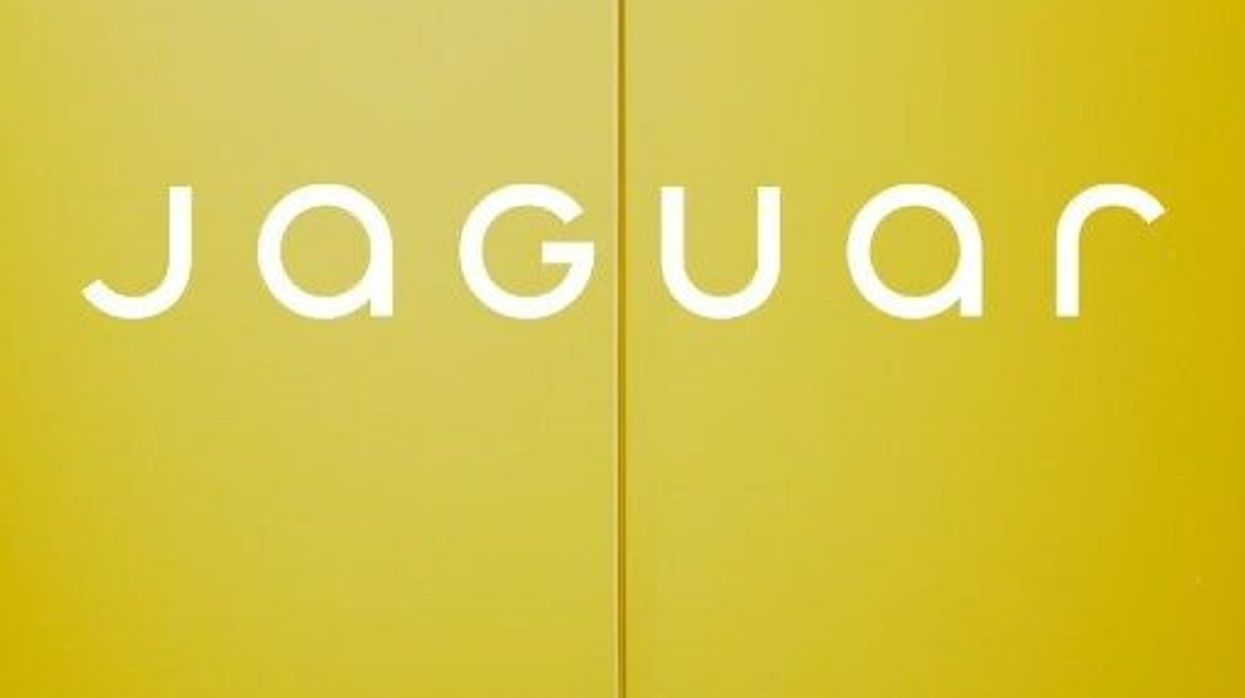JAGUAR has introduced a new logo and branding as it prepares to relaunch as an electric-only car manufacturer.
Owned by Tata Motors, the British automaker plans to release three new electric models in 2026, after halting new car sales over a year ago to focus on rebranding.
The new logo, stylised as "JaGUar," combines upper and lower-case letters in what the company describes as "visual harmony."
Alongside the logo, Jaguar unveiled a new "leaper" cat design and introduced marketing slogans like "delete ordinary," according to the BBC.
Copy nothing. #Jaguar pic.twitter.com/BfVhc3l09B
— Jaguar (@Jaguar) November 19, 2024
Jaguar's transition to electric vehicles was first announced in 2021. Managing director Rawdon Glover explained that pausing sales was a deliberate decision to separate older models from the upcoming range.
"We need to change people's perceptions of what Jaguar stands for," he said, adding that this "fire break" was necessary for the transformation.
Gerry McGovern, chief creative officer of Jaguar Land Rover (JLR), said the reimagined brand reflects Jaguar’s heritage of originality, as envisioned by founder Sir William Lyons.
McGovern described the new Jaguar identity as "imaginative, bold, and artistic."
The first car in the rebranded line-up will be a four-door GT, set to be built in Solihull, West Midlands.













